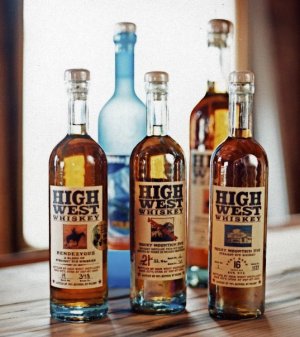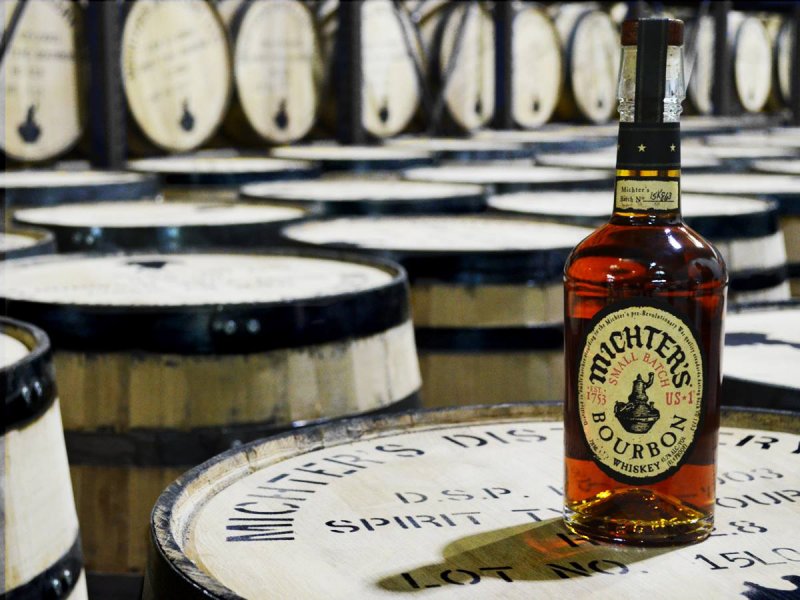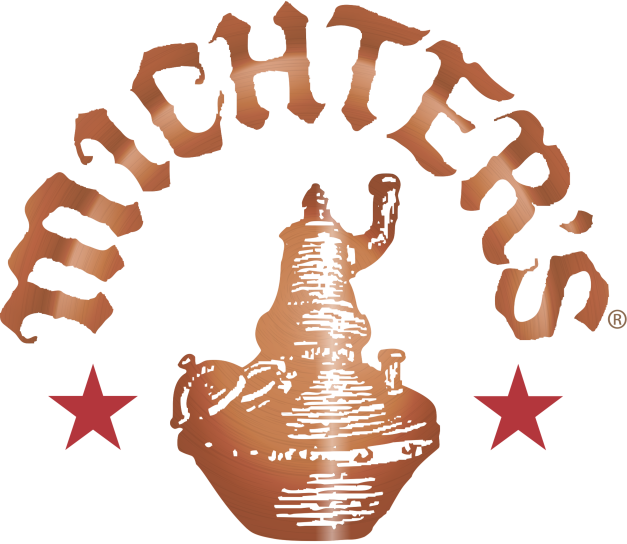Booze makers can make more money if they export overseas. Does this threaten to keep our beloved booze stocks from staying stateside?
Small American craft distillers are catching a big break overseas—so why should we be protective of our homemade hooch?
There are serious advantages for small liquor producers to ship their goods abroad: domestic excise taxes as high as half the bottle’s sales price are waived.
The U.S. works on a Prohibition-era, three-tier distribution system, with many states and municipalities heavily restricting spirits production and sales, while some foreign markets offer more flexibility.
Demand for premium American products–especially spirits–is growing exponentially overseas, just like in the U.S.
Sure, their multimillion-dollar revenues are a drop in the bucket compared to the $72 billion spirits industry as a whole, but a crop of small producers are learning that selling overseas can boost sales, gain global brand recognition and widen their customer base.
So do these favorable conditions threaten to take our favorite craft spirits away, at a time when we are willing to pay top dollar for them?

HOME AND AWAY03.19.16 9:30 AM ET
Your Local Booze Gets the World Drunk
Booze makers can make more money if they export overseas. Does this threaten to keep our beloved booze stocks from staying stateside?
Small American craft distillers are catching a big break overseas—so why should we be protective of our homemade hooch?
There are serious advantages for small liquor producers to ship their goods abroad: domestic excise taxes as high as half the bottle’s sales price are waived.
The U.S. works on a Prohibition-era, three-tier distribution system, with many states and municipalities heavily restricting spirits production and sales, while some foreign markets offer more flexibility.
Demand for premium American products–especially spirits–is growing exponentially overseas, just like in the U.S.
Sure, their multimillion-dollar revenues are a drop in the bucket compared to the $72 billion spirits industry as a whole, but a crop of small producers are learning that selling overseas can boost sales, gain global brand recognition and widen their customer base.
So do these favorable conditions threaten to take our favorite craft spirits away, at a time when we are willing to pay top dollar for them?
High West Distillery
Distillers recently lost the chance for excise tax relief as part of the PATH Act. The PATH Act passed, but the amendment to reduce the liquor excise tax was cut at the last minute.
“That legislation would have gone a long way to make exports less attractive,” said Chicago-based Few Spirits founder Paul Hletko, noting a trend toward easing up on onerous, double government reporting and faster formula and label approvals.
Despite the red tape of doing liquor business, the number of craft distillers has grown from a couple dozen in 2001, according to the Distilled Spirits Council of the United States (DISCUS), to about 1,280 now, according to joint research by the American Craft Spirits Association, Park Street Imports and International Wine & Spirits Research.
It seems that there would be plenty to go around, but the products are flying off the shelves faster than producers can make them.
“Obviously [exporting] has been a huge trend and growing segment of the industry,” says Eric Reller, director of state government communications or the Distilled Spirits Council of the United States, a lobbying group. “Now that the American distillers are growing, there’s an opportunity to bring their products to the rest of the world. It’s never a bad thing to diversify and get into more markets.”
Deciding whether to export and which markets are worth the investment can be a balancing act for craft distillers. That’s partly because their production capacity–many operate small distilleries–limits their ability to keep domestic shelves stocked while also fully satisfying high foreign demand.
“We’re small and it’s just another place to pay the bills and get our revenues up to where we need them to be,” said David Perkins of High West Distillery in Park City, UT.
High West’s products are distributed in 49 states. About 10 percent of its product goes to the UK, Canada, Australia, Hong Kong, Singapore, and Europe.
“It is a global marketplace. It’s a smaller world. We want to make sure that we’re making a name for ourselves,” added Hletko of why he made the decision to export to foreign markets.
Louisville-based Michter’s Distillery began exporting several years ago to Australia, Japan, China and Germany after distributors in those countries approached them. But inquiries from foreign distributors and requests for larger orders have been pouring in over the past two years. Foreign sales are roughly 10 percent of Michter’s business but they could be 100 percent of many of its particular whiskey offerings if they were willing to ship all it made abroad.
“We have to allocate everything we sell. There were months in 2015 when couldn’t even allocate our Michter’s US*1 Sour Mash Whiskey because we totally ran out.” said Michter’s president Joseph Magliocco. “Whiskey has to age, and there is no substitute for years in the barrel. There’s a significant lag time to catch up to demand.”
There are also downsides to selling in foreign markets. Shipping costs are high. Labeling laws in other countries can complicate branding and require different bottles and product classification.
Depending on location, import tariffs can make doing business overseas cost-prohibitive or cause the product’s shelf price to be uncompetitive. Chasing down payment on credit terms can be tough from thousands of miles away.
To encourage 29 small distilling companies to find out for themselves, DISCUS cosponsored a trade mission to Germany last fall using part of a $359,000 grant it received from the U.S. Department of Agriculture Foreign Agricultural Service’s Market Access Program (MAP).
Reller said several of the participants made trade deals while there. Though DISCUS does not break down data between small and large distillers, it reports that spirits exports are up overall to over $1.5 billion, more than double than in 2005, mostly due to the super premium categories.

“To a certain extent, we look at what already sells in an export market,” Magliocco said, noting that visits with in-country bartenders, distributors and salesmen have helped identify fruitful international markets.
“We are now selling in over 20 foreign markets…given that foreign markets have great long-term potential for American whiskeys, we think it’s important to at least send some of our Michter’s production abroad to begin establishing brand presence in key foreign markets.”
Then there’s the supply and demand factor. Hletko and Perkins have both turned down export opportunities because of capacity limitations. Still, this year Hletko will send about a quarter of his goods to UK and Europe, where his hooch is hot.
“Small suppliers who try to play overseas without understanding the fundamental differences in markets will struggle. But exports can play a large role in building a business, so the exports can also help build more craft,” Hletko said.
Harris is now exporting about 2 percent of his goods to Australia, but hopes to export as much as 30 percent overseas to various markets over the coming years. After visiting China a few years, Scott Harris, general manager of Virginia-based Catoctin Creek Distillery, decided he wasn’t ready for it.
“The temptation is there because just one percent of one percent of that market is still huge,” said Harris, whose 40,000 annual bottle business is 80 percent local to the Washington, D.C. and Virginia area.
“But with our limited production and the perils of the foreign market, it doesn’t make sense for us yet. The Chinese tastes for distilled spirits are not the same as the U.S. ones, and dealing with issues like getting paid on time, distribution, and working the local markets is definitely not trivial for us.”
DISCUS said big strides are being made to support small distillers at the state level to keep more stock at home, such as working to legalize Sunday liquor purchases in 16 new states, and expand legal liquor store tastings in Connecticut, Maine, Mississippi, New York and Wisconsin.
Twelve states still prohibit the sale of spirits on Sundays, which is the second busiest shopping day of the week.
Rolling back bans like these can only benefit microdistillers’ bottom line, as would lowering federal excise taxes, so they’ll continue to keep the majority of their stock at home.
In the meantime, small distillers are open to diversifying internationally.
“It’s fun to be international,” Perkins said. “We’re not Diageo [one of the biggest spirits companies in the world] where we can sell a billion cases, but we can find a niche.”
